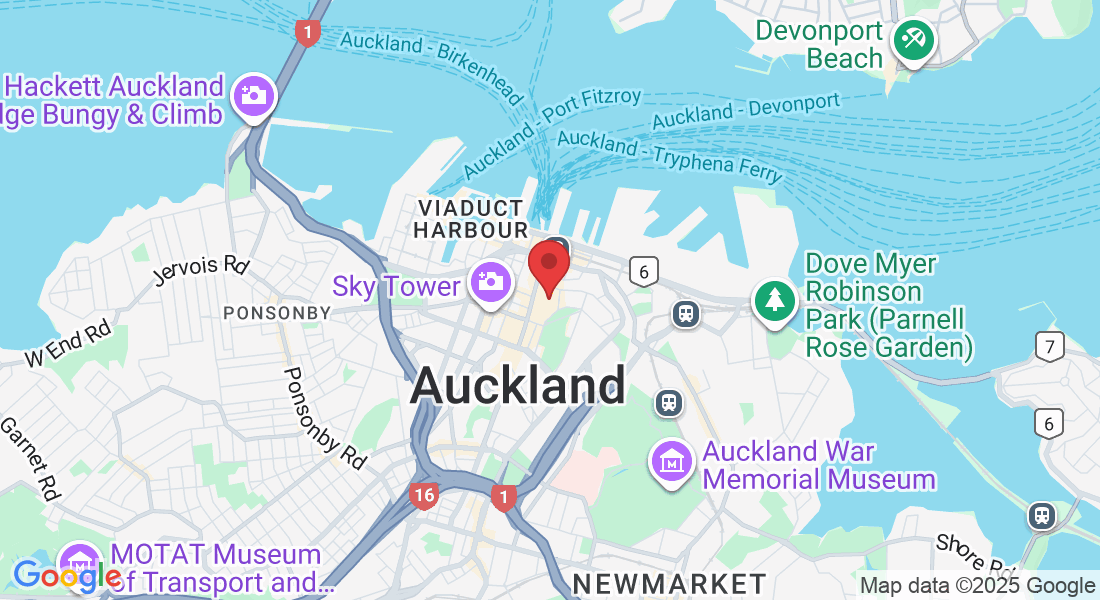

CONTACT US
CONTACT US
hello (at) 360tuned.com
Our office address: 2 Chancery Street, Auckland Central, Auckland 1010
2 Chancery Street, Auckland Central,
Auckland 1010
Sign Up To Our
Newsletter
Each month, we share the most practical tips and tricks we’ve learned from real projects solving real problems.
© 2025 Copyright 360tuned

Sign Up To Our Newsletter
Each month, we share the most practical tips and tricks we’ve learned from real projects solving real problems.


